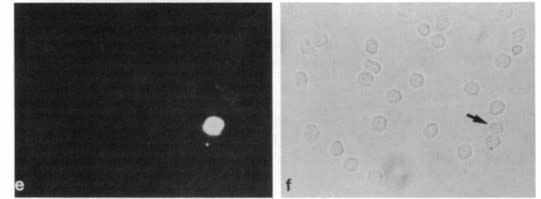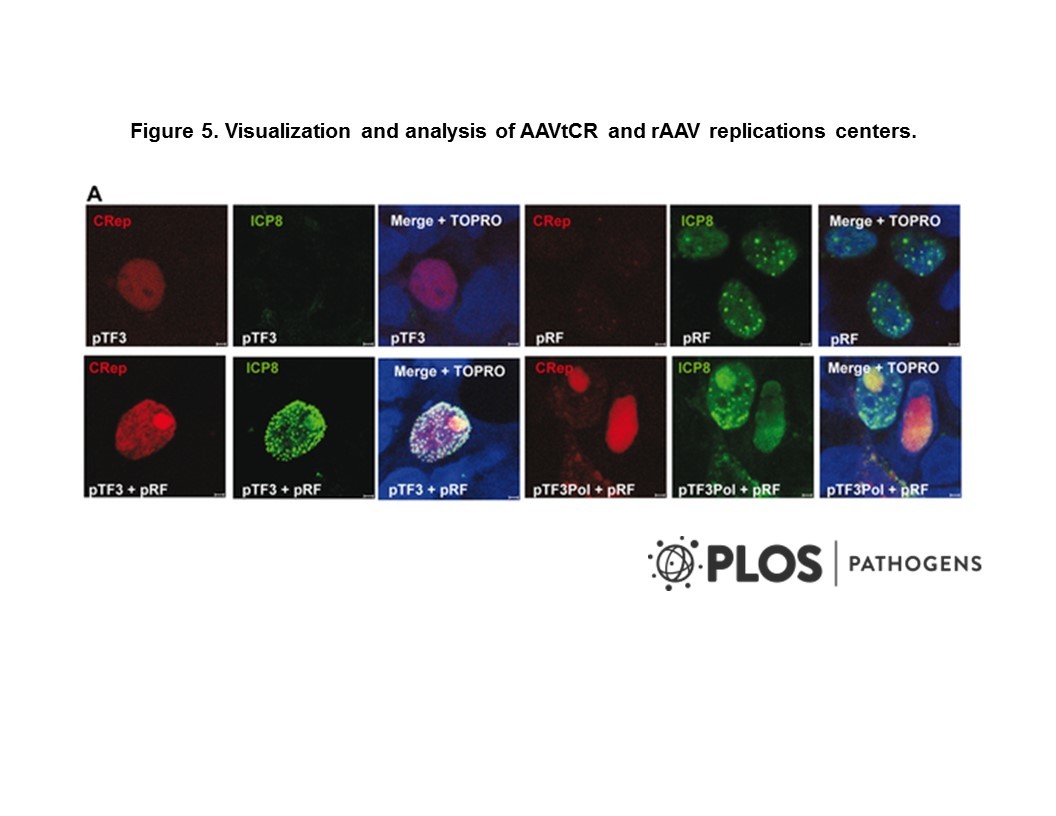
Cat. #151123
Anti-Keratin16 [LL025]
Cat. #: 151123
Sub-type: Primary antibody
Unit size: 100 ug
Availability: 3-4 weeks
Target: Keratin 16
Class: Monoclonal
Application: IHC ; IF ; IP ; WB
Reactivity: Human
Host: Mouse
£300.00
This fee is applicable only for non-profit organisations. If you are a for-profit organisation or a researcher working on commercially-sponsored academic research, you will need to contact our licensing team for a commercial use license.
Contributor
Inventor: Irene Leigh
Institute: Queen Mary University of London
Tool Details
*FOR RESEARCH USE ONLY
- Name: Anti-Keratin16 [LL025]
- Clone: LL025
- Tool type ecom: Antibodies
- Tool sub type: Primary antibody
- Class: Monoclonal
- Conjugation: Unconjugated
- Reactivity: Human
- Host: Mouse
- Application: IHC ; IF ; IP ; WB
- Description: Monoclonal antibody used to detect keratin 16 mutations within epithelial tissues.
- Immunogen: A synthetic peptide corresponding to an amino acid sequence of the carboxyl terminus of human keratin 16.
- Immunogen uniprot id: P08779
- Isotype: IgG1
- Myeloma used: Sp2/0-Ag14
Target Details
- Target: Keratin 16
- Target background: Keratins are a family of intermediate filament proteins that assemble into filaments through forming heterodimers of one type I keratin (keratins 9 to 23) and one type II keratin (keratins 1 to 8). Keratins demonstrate tissue and differentiation specific expression profiles. Keratin 16 is expressed in suprabasal keratinocytes of wounded epidermis. Keratin 16 suprabasal expression is found in situations of high cell turnover. Mutations in the gene encoding keratin16 are associated with the genetic skin disorders including pachyonychia congenita, non-epidermolytic palmoplantar keratoderma and unilateral palmoplantar verrucous nevus. LL025 reactivity was completely negative in normal breast tissue and non-invasive breast carcinoma. However, 10% of the invasive carcinomas tested were diffusely or focally positive with this antibody.
Applications
- Application: IHC ; IF ; IP ; WB
Handling
- Format: Liquid
- Concentration: 1 mg/ml
- Unit size: 100 ug
- Storage buffer: PBS with 0.02% azide
- Storage conditions: Store at -20° C frozen. Avoid repeated freeze / thaw cycles
- Shipping conditions: Shipping at 4° C
References
- Hughes BR et al. 1996. Br. J. Dermatol. 134(2):247-56.PMID: 8746337
- Wong et al. 2019. Sci Rep. 9(1):18561. PMID: 31811191.
- Frew et al. 2018. F1000Res. 7:1923. PMID: 31281635.
- Boink et al. 2018. J Tissue Eng Regen Med. 12(2):e1088-e1097. PMID: 28388010.
- Ojeh et al. 2017. PLoS One. 12(3):e0174389. PMID: 28350869.
- Porter et al. 2000. Lab Invest. 80(11):1701-10. PMID: 11092530.
- K15 expression implies lateral differentiation within stratified epithelial basal cells.
- de Berker et al. 1995. Exp Dermatol. 4(6):350-6. PMID: 8608342.
- Keratin expression in discoid lupus erythematosus.
- Markey et al. 1992. Br J Dermatol. 126(2):154-60. PMID: 1371396.
- Keratin expression in basal cell carcinomas.
- Wetzels et al. 1991. Am J Pathol. 138(3):751-63. PMID: 1705754.
- Basal cell-specific and hyperproliferation-related keratins in human breast cancer.






